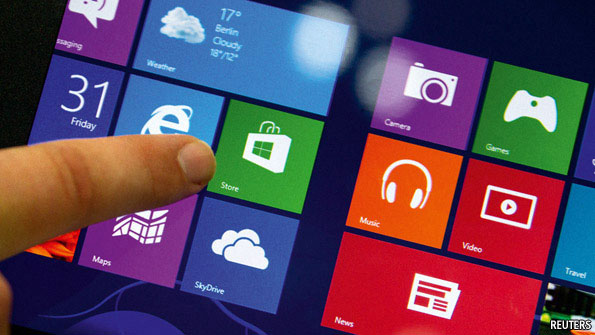
The Destroyer In Popular Science
Popular Science
The technologies used in the June 6th, 1944 invasion of Normandy have captivated writers and readers of Popular Science for a long time. Here are some of the best stories about it from our archives.
"Tin Cans" Dish It Out, July 1945.
Published 13 months after the invasion, two months after victory in Europe, and one month before victory over Japan,
""Tin Cans" Dish It Out" is about destroyers. The Destroyer is a sort of middle-ship, smaller than the
large and now-obsolete battleships but deadlier than the tiny torpedo boats they were made to destroy. In D-Day, destroyers got close to the coast, being shallower ships than many in the Navy. The destroyers paid dearly for it, but the whole of the invasion went better because destroyer guns were able to attack the enemy guns that remained. From the article:
Of course, this is simply throwing the rule book overboard, for a square hit from a six-inch shore battery can demolish a destroyer -- which has no armor worth mentioning -- as thoroughly as a salvo from a battleship''s big guns. But when the fate of a great invading army hangs in the balance, destroyers become expendable. It cost us the destroyers Meredith and Glennon to put our troops ashore at "Utah Beach," a price well justified by the success of the landing and the enormous over-all savings in casualties.
The Weasel Goes Anywhere, November 1944
The M-29c cargo carrier, dubbed the Water Weasel, was adapted from a two-person vehicle designed for fighting in snow. The amphibious version proved adept in the Pacific, using the tracks as a series of tiny flippers to propel it through water. In the European theater, it was a latecomer, but it's ability to go 4 mph in water and 30 on land allowed it to still fight in the flooded fields of Normandy and Holland. In "
The Weasel Goes Anywhere,"
Popular Science examined the versatility of this light, amphibious vehicle.



 Do you know how to make a power packed lunch?
Do you know how to make a power packed lunch?























